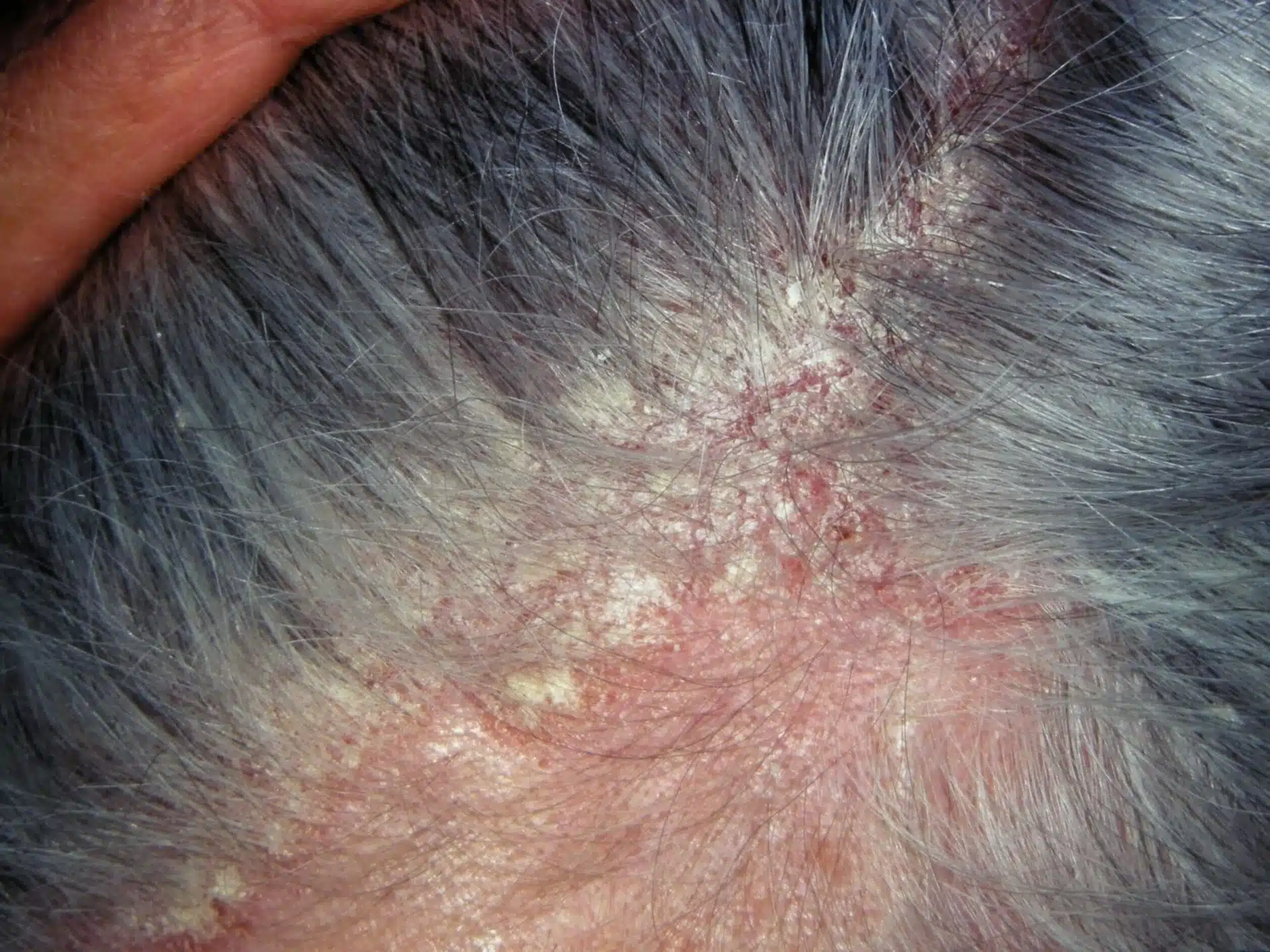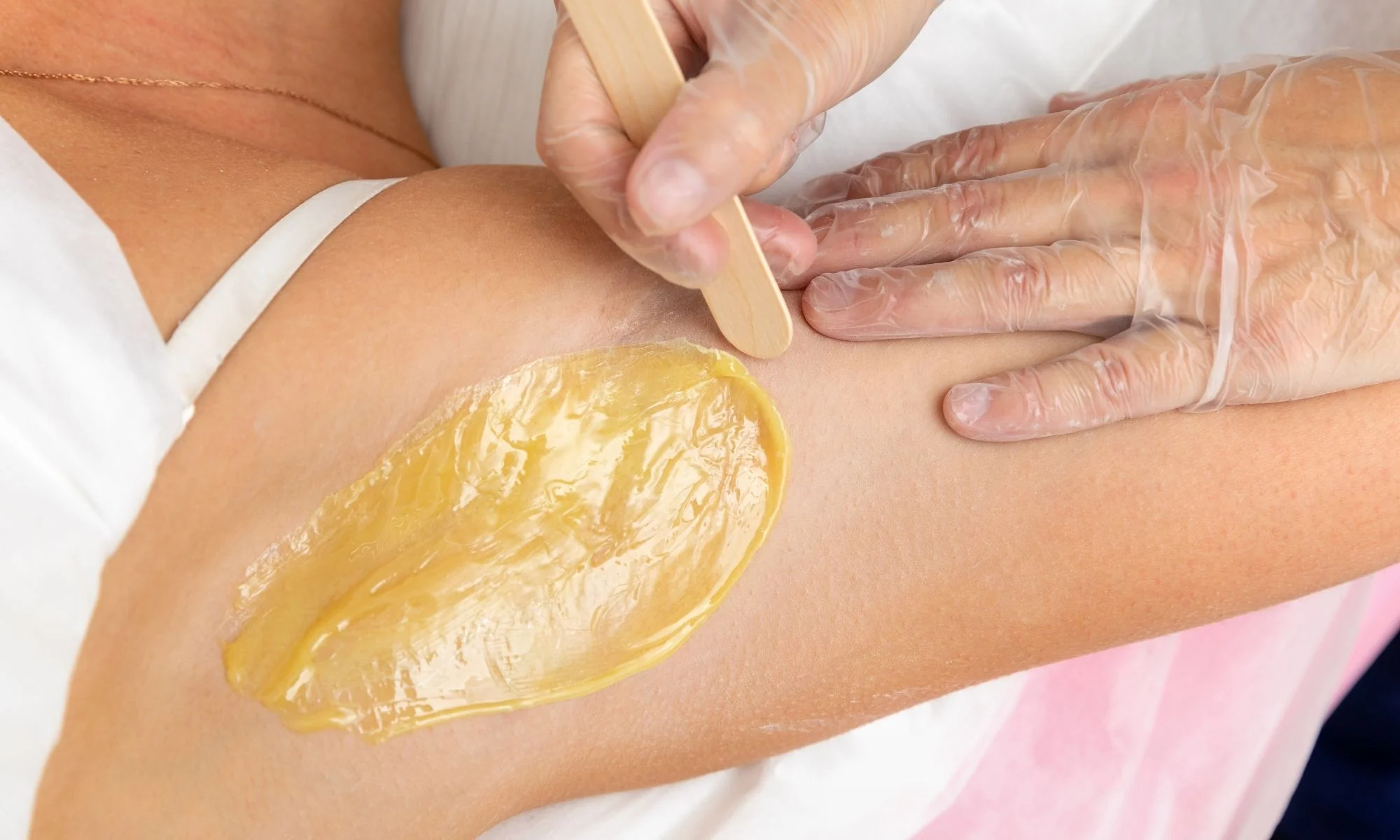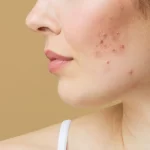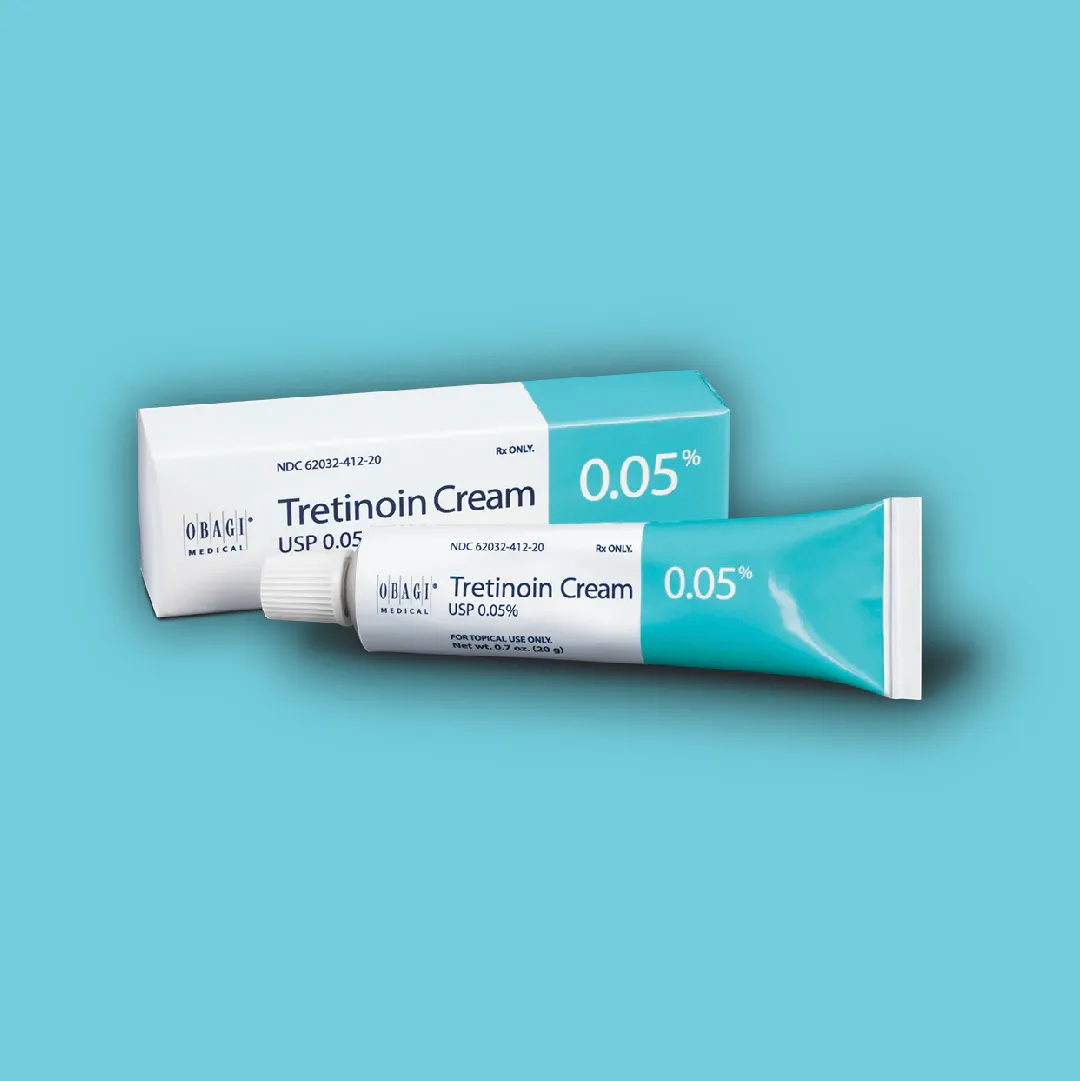Dealing with an itchy, scaly scalp is challenging, but when you’re unsure of the cause, it can further impact your quality of life. In this article, we will discuss two of the most common causes and how to differentiate between them.
What is Psoriasis? 
Psoriasis is a chronic inflammatory skin condition characterized by thickening of the outer layer of the skin, leading to red patches covered by silvery scales. Typically they appear on the elbows, knees, scalp, and lower back. While the exact cause is not fully understood, multiple risk factors play a role, including genetics, obesity, hypertension, UV radiation, smoking, and alcohol consumption.
What is Seborrheic Dermatitis? 
Seborrheic dermatitis is a skin condition that can affect people of all ages. It typically appears on the scalp, face, chest, back, and groin, and is characterized by itchy, scaly patches of red skin. The root cause of this condition is not well known, but one of the triggers is Malassezia yeast which is part of the normal skin flora. When this yeast gets out of control, it triggers an inflammatory response in the affected areas.
What do they have in common?
First, both are inflammatory skin conditions that present with scaly red patches. They often affect similar areas, such as the scalp or back, which can make clinical diagnosis challenging, especially if both conditions coexist. Additionally, both are commonly associated with itching, adding to the discomfort they cause.
How to differentiate them?
| Characteristic | Seborrheic Dermatitis | Psoriasis |
| Scales | Yellowish, greasy, crusted scales | White-grey, flaky scales |
| Common Affected
Areas |
Midface, scalp, chest, back, groin | Elbows, knees, scalp, lower back |
| Causes | Malassezia yeast, multiple factors | Environmental factors and genetics |
| Gender Prevalence | More frequent in men | Affects men and women equally |
The table above contrasts seborrheic dermatitis and psoriasis by examining several key features.
Seborrheic dermatitis typically presents with yellowish, greasy, crusted scales, whereas psoriasis is known for its white-grey, flaky scales. In terms of affected areas, seborrheic dermatitis often appears on the midface, scalp, chest, back, and groin, while psoriasis commonly targets the elbows, knees, scalp, and lower back. The causes also differ, with seborrheic dermatitis linked to Malassezia yeast and other factors, while psoriasis is influenced by genetics and environmental triggers. Additionally, seborrheic dermatitis tends to be more frequent in men, while psoriasis affects both men and women equally.
Risk Factors:
Seborrheic Dermatitis
Seborrheic dermatitis is more common in young adults and infants. The colder, more humid months of winter can trigger and exacerbate the condition. It is also more prevalent in individuals with immunosuppressive conditions, such as HIV/AIDS, as well as those with neurological disorders like Parkinson’s disease and facial paralysis. Additionally, alterations in the skin microbiome, including colonization by Staphylococcus spp., Streptococcus spp., Corynebacterium spp., and Malassezia, contribute to the development of seborrheic dermatitis.
Psoriasis
Key environmental triggers for psoriasis include mechanical stress and exposure to air pollutants, such as smoke. UV radiation can cause cellular stress from free radicals, worsening the condition. Streptococcal throat infections are known to trigger guttate psoriasis. Smoking and alcohol consumption can both initiate and exacerbate the condition. Genetics also play an important role, with approximately 30-40% of cases running in families.
Diagnosis
If over-the-counter medications don’t provide relief and your scalp remains itchy, red, and scaly, it’s important to seek a proper diagnosis and treatment. Diagnosis for both conditions is usually made clinically by evaluating the signs and symptoms. However, if there is any uncertainty between the two, a biopsy may be recommended to confirm the diagnosis.
Treatment options:
Seborrheic dermatitis is a chronic, recurring condition, and treatment should balance potential side effects with benefits. Topical steroids are commonly used to quickly reduce redness, but long-term control may require calcineurin inhibitors like tacrolimus and pimecrolimus, which also have antifungal properties against Malassezia yeasts. Topical antifungals (e.g., ketoconazole, ciclopirox) are effective and safe for long-term use. Treatments that restore skin barrier function, alternative therapies, and lithium succinate are also beneficial. Systemic antifungals may be recommended for resistant or frequently relapsing cases.
Although psoriasis cannot be cured, there are several effective treatment options available. For mild to moderate cases, the first line of treatment typically involves topical therapies ranging from corticosteroids to calcineurin inhibitors, often overseen by a primary care provider. If topical treatments do not provide enough relief or are impractical, a dermatologist may be consulted for more advanced care. In such cases, systemic treatments might be introduced, sometimes in combination with topical options. Methotrexate, which helps suppress the immune system and slows down cell growth, is commonly prescribed. Oral retinoids, derived from vitamin A, can also be useful, especially for more severe psoriasis, and are often combined with light therapy. If psoriatic arthritis is present, it is important to involve a rheumatologist to ensure comprehensive management.
When should you see a medical professional?
Patients should consult a medical professional if over-the-counter treatments fail to alleviate symptoms such as itching, redness, or scaling, or if the condition worsens or spreads to other areas. It’s also important to seek medical advice if the skin condition causes significant discomfort or disrupts daily life, especially in cases where joint pain or swelling occurs, as this could indicate psoriatic arthritis.








